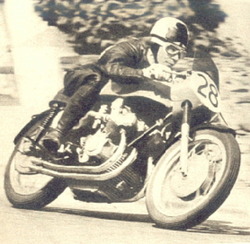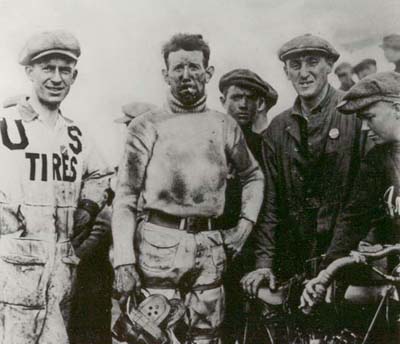


Dubliner Thomas "TomCan" McCabe breaks his right wrist and 3 ribs when he crashes his 350cc Royal Enfield Bullet outside of Creag Lundle during the 1963 Scottish Six Day Trials (SSDT).
Arthur Lampkin would eventually be the victor on his 250cc BSA, fighting Sammy Miller and his famous 500cc Ariel "Gov 132", day after grueling day.
Arthur also competed internationally in enduro events, representing Great Britain (BSA), earning a gold medal in the 1966 International Six Days Trial held in Sweden.
From a bit of a Yorkshire motorcycling dynasty, Arthur and his younger brothers, Alan and Martin Lampkin, all were kick-ass trials riders. Alan won the 1966 SSDT aboard a BSA while Martin took the Scottish jewel in 1976, '77 and '78 with Bultaco. Martin Lampkin's son, is 7-time SSDT Champion, Dougie Lampkin.
Today in motorcycle history proudly supports the National Association for Bikers with a Disability (NABD). Check 'em out at www.nabd.org.uk
























